Veneto Museums: challenges and satisfactions at the Treviso and Verona sites. Chiara Matteazzi speaks.
The Museums of Veneto have recently seen two major construction sites, in Verona and Treviso, the new National Archaeological Museum and the new National Museum Collezione Salce, respectively, which Chiara Matteazzi (Este, 1973), an architect in the Veneto Regional Museums Directorate, was in charge of. We interviewed her to let her tell us about these two major interventions, in their design and final realization. The interview is by Ilaria Baratta. Chiara Matteazzi is an architect, graduated from IUAV in Venice in 1999, worked for years as a freelancer and as an employee of local authorities. In 2012 she joined the Ministry of Culture, where she was immediately involved in worksites related to cultural heritage. Since 2015, he has been working at the Veneto Regional Museums Directorate, where he coordinates the activities of many national museums and is responsible for building restorations and new museum layouts. He collaborates with artists and national museums to organize exhibitions. He still collaborates with the Palazzo Lanfranchi Museum in Matera and the National Roman Museum, among others.
IB: Verona and Treviso, two cities united by two important interventions of yours as architect of the Veneto Regional Museums Directorate: in October 2022, the Iron Age rooms of the new National Archaeological Museum in Verona were inaugurated, which followed the long-awaited opening in February of the same year, after forty years, of the museum with sections from the Paleolithic to the Bronze Age, while in 2021 the new Salce Collection National Museum in Treviso was inaugurated. What has it meant for you to be in charge of these two major projects?
CM: Gaining experience, fleshing out ideas, turning insights into achievements, teaming up, making dreams come true. Exactly what happens, or should happen, in all jobs, every day.
How have the public, or rather the citizens of Treviso and Verona, received these important speeches?
Treviso is a city that has followed the genesis of the new Museum step by step, and I refer especially to the numerous citizens who from the very first days of the construction site looked out in curiosity. The former Church of Santa Margherita has represented for several generations of Trevigiani a piece of their lives; in fact, a great many have frequented it to practice the most diverse sports: skating, basketball, climbing... I think it is by far the building site that has given me back the most, both in human and professional terms, the feeling of having done something important for the community, which represents the real goal of an architect, even more so if he is a representative of the State. The Verona situation was different. The city seemed to take for granted that ours was yet another attempt to get a hand on a building that seemed damned. We were coming from construction sites that were started and soon abandoned, and the usual, sad ending was foreshadowed for our project as well. We unblocked the situation, redeeming past go-and-stops. Maturing-and trying to create-a new museum, new in its proposal and new in its ways of communicating.
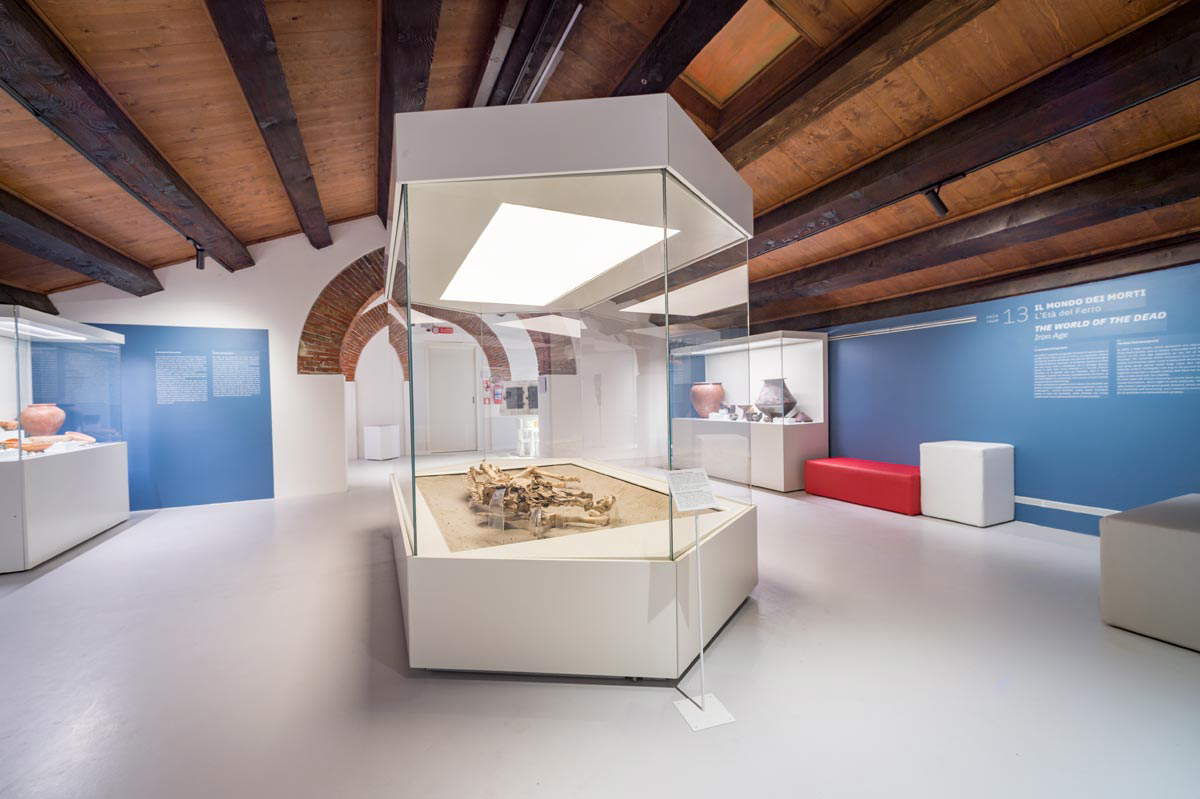
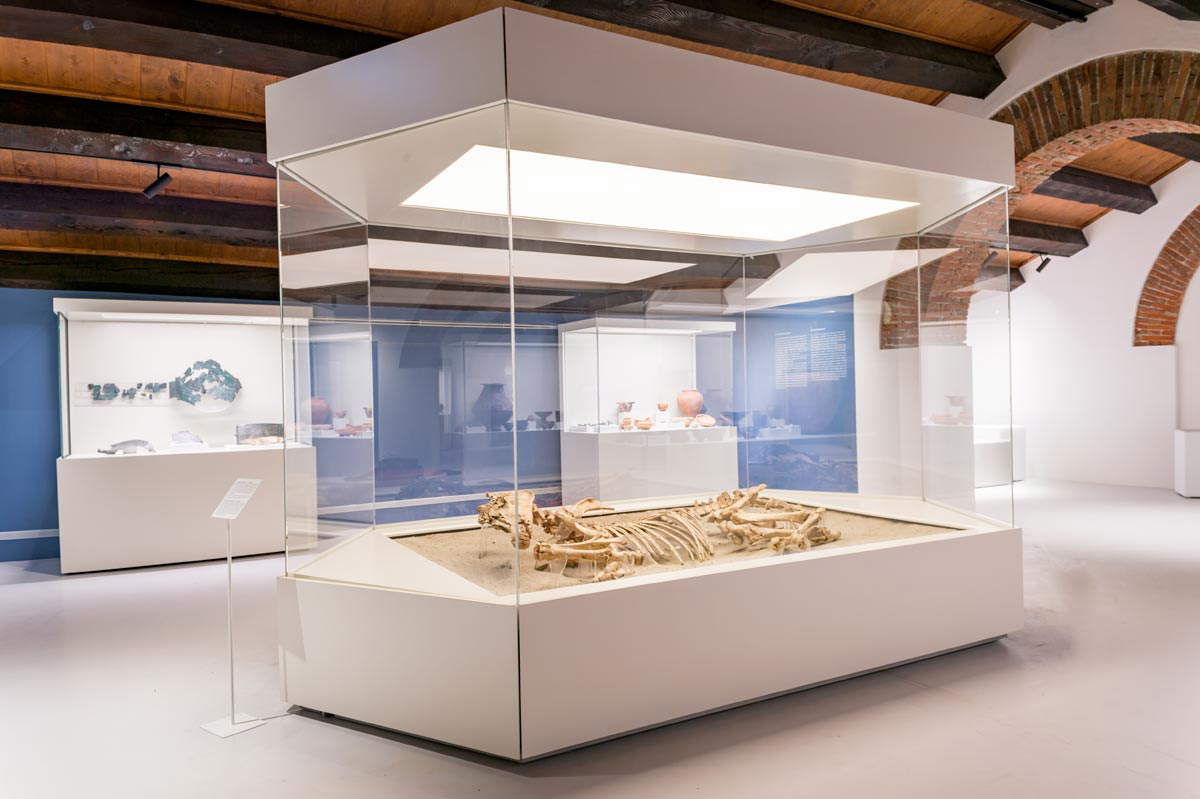
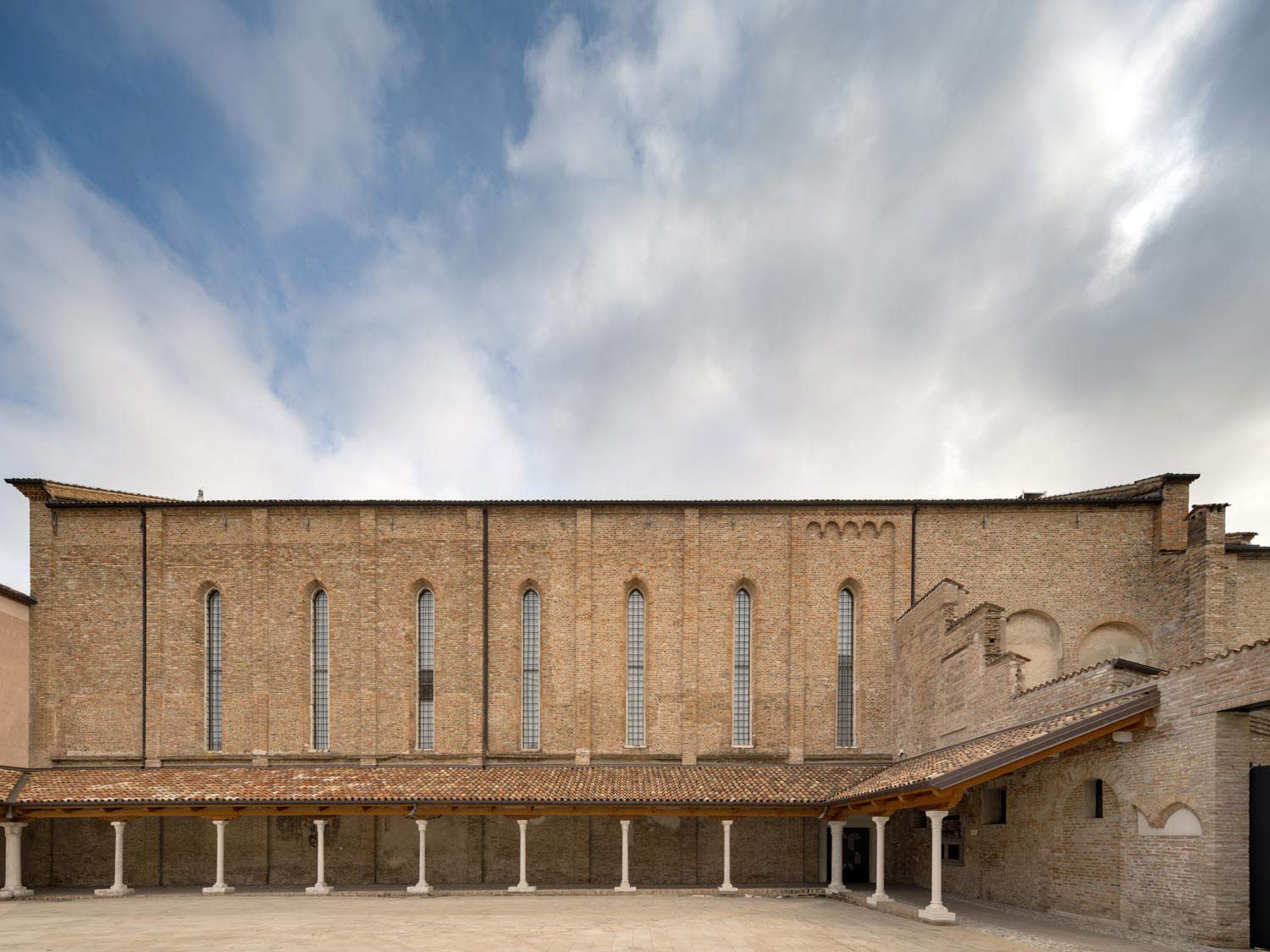
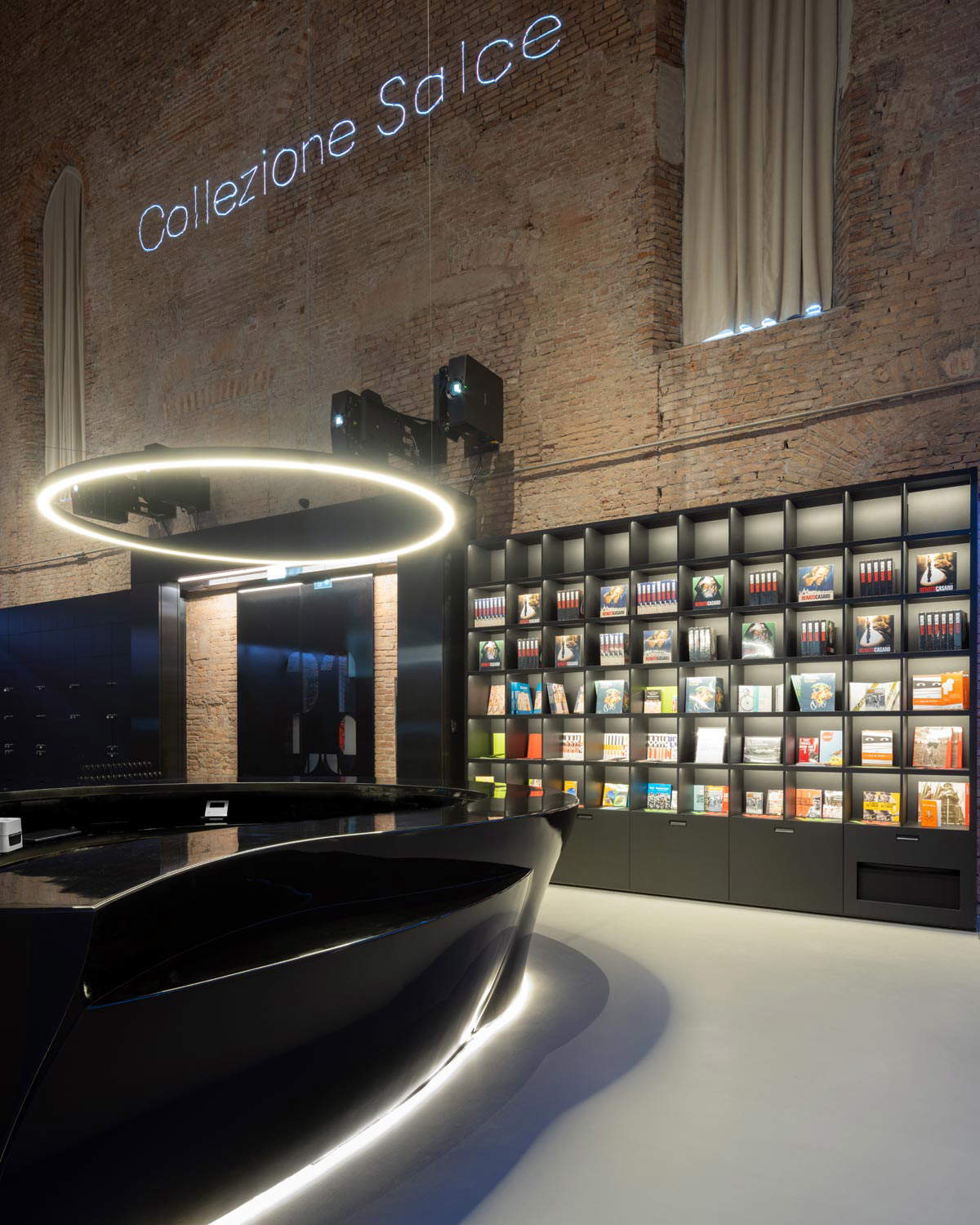
What were the difficulties, if any, that you faced in the two cases?
The Salce Collection National Museum I consider it, for now, “the project of my life.” It turned out to be a really complex affair professionally and in many ways. Starting with the complex management of funding, state, EU and regional, which in the meantime, following the reform of the Ministry of Culture, was being transferred from the Regional Directorate to the current Veneto Regional Museums Directorate, similar names but legally different status. Fortunately, I was able to professionally follow the flow of changes, also moving from one institution to another, while continuing to follow the sites. Also complex in terms of managing relationships with many, many different companies, all in the time of the pandemic, with what that entailed in terms of attention, tension, securing those who continued to work on the site. The experience, which I hope will not be repeated, of living and managing so many professionals at work, while outside the doors the still world held its breath. Verona had the significance of a challenge against time. A challenge faced in the aftermath of the opening of the new Salce, with what this had entailed for me in terms of fatigue, tension and use of energy. Putting the beautiful dress worn for the opening ceremony of the Treviso museum in the closet, I put my work clothes back on. I knew I was not allowed to procrastinate. Already too many announcements had failed to materialize. In a handful of months I “had” to open the first nucleus of the new National Archaeological Museum, the section devoted to the Iron Age. I still remember the first inspection, in September 2021. A huge, rigidly Habsburg building, the roof of which had already been restored. At least it was no longer raining in it. I remember that the floor, treated with a brick-colored resin, gave me a great sense of oppression. The exposed installations had begun and but not completed and put into operation. Everything justified that climate of skepticism that was blatantly expressed to me. It was a very difficult impact psychologically. I had a design and site work ahead of me, for a large exhibition area, as well as the design and implementation of the ticket office, bookshop, service rooms, and of course the pathways, furniture and fittings. Mission impossible? So it seemed. Instead, thanks to everyone’s help, we succeeded. With bated breath, but the “impossible” result we brought home. And the inauguration with Director General Massimo Osanna remains among my fondest professional memories.
Going into the specifics of the two museums, what elements and aspects did you want to focus on for the National Archaeological Museum in Verona? Along what lines was the museum’s layout designed? And targeting what kind of audience?
The Archaeological Museum of Verona was born as a place to tell, thanks to the remarkable evidence collected in the area, the long history of the Verona area, more than of the city alone. We had at our disposal many materials, most of them never exhibited, of great archaeological interest, obviously not particularly attractive from the point of view of aesthetic enjoyment. To the non-specialist visitor, it might have been not so immediate to bring them back to a precise historical moment or geographical scope. Already the terms in use among specialists communicate little, if at all, to the public. With the professionals and scholars who joined me, we tried to create, better bring to life, stories. Like that of the shaman, the 40,000-year-old Upper Paleolithic effigy that is one of the highlights of the Museum. Or the world of pile-dwelling dwellings or burial rituals, craftsmen’s work, repurposed, these, even in workshops. Nothing revolutionary, but an orderly system of storytelling on two levels: the when and the where. A timeline and a precise territorial location. Also to enable the visitor to the area to find the evidence of his home. The explanatory texts were designed for the general public, short, correct, simple, never trivial. At this stage the use of multimedia, which although I consider fundamental, has been limited. It will be developed organically to serve the entire museum itinerary when the latter is completed.
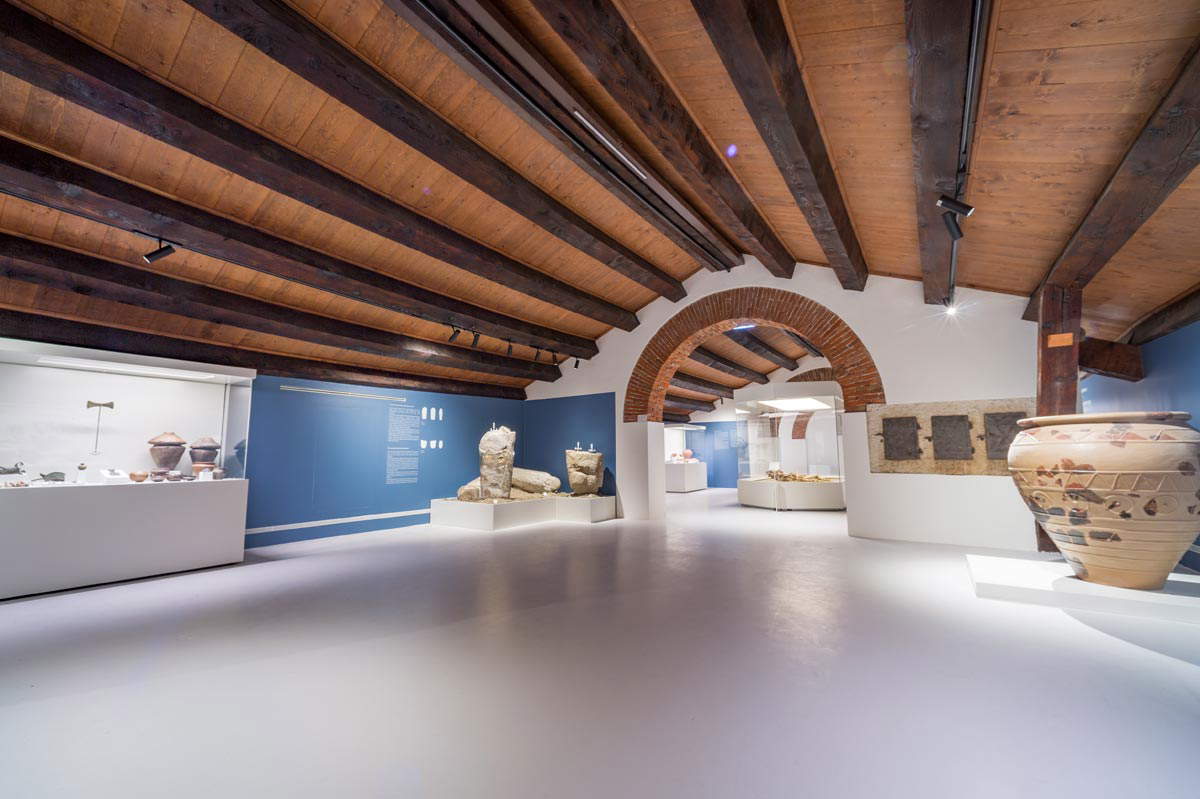
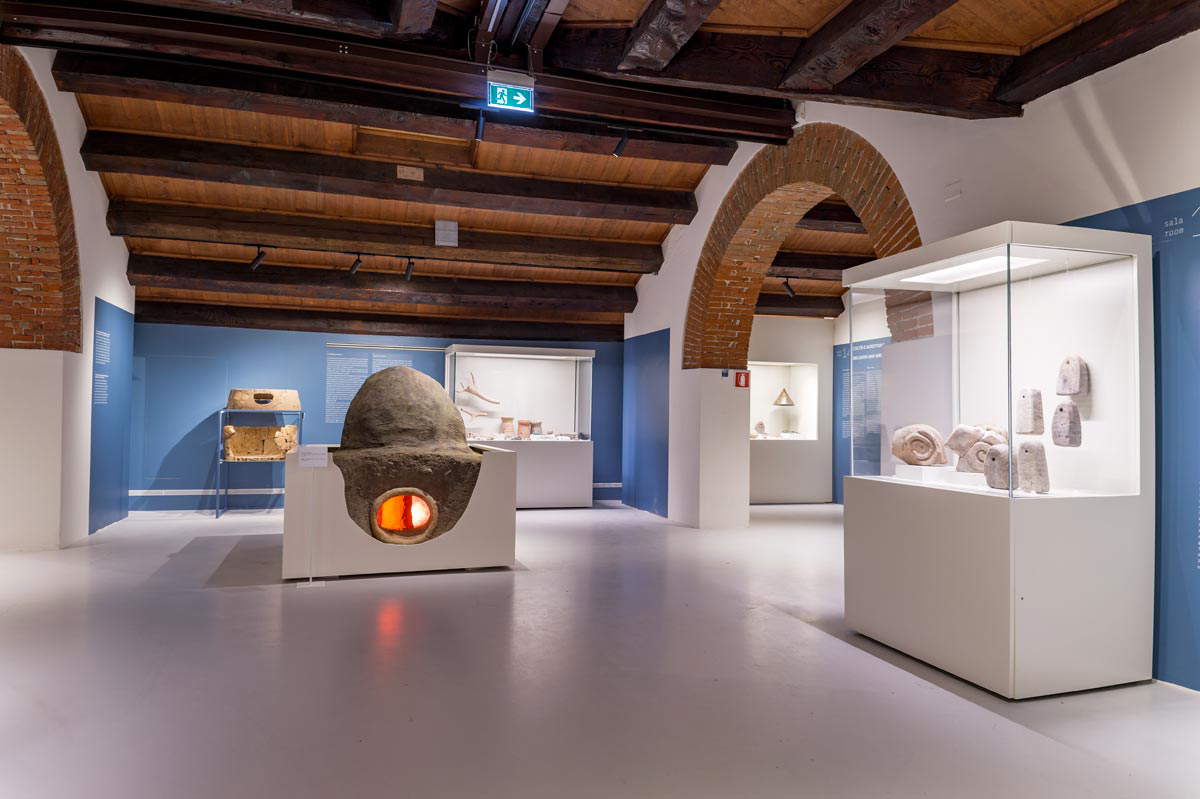
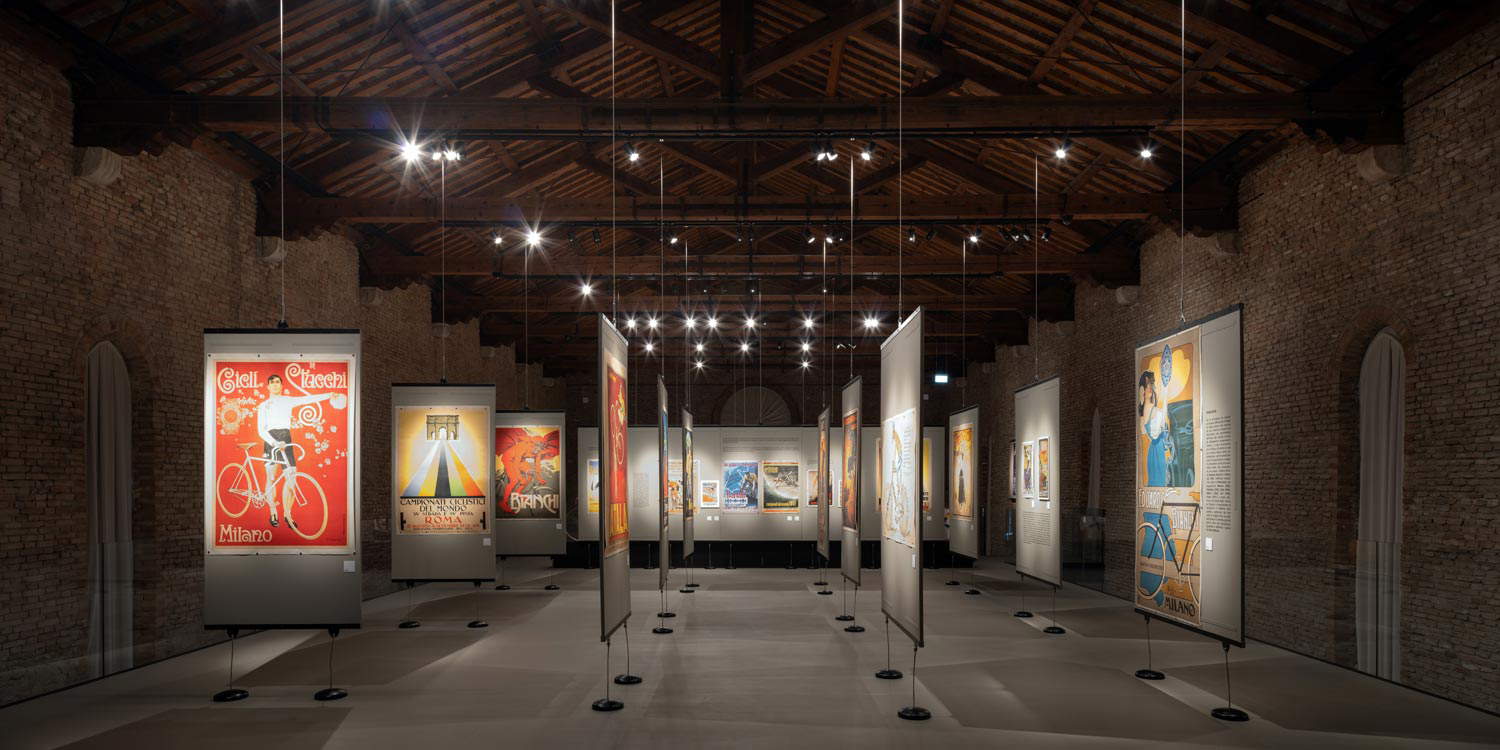
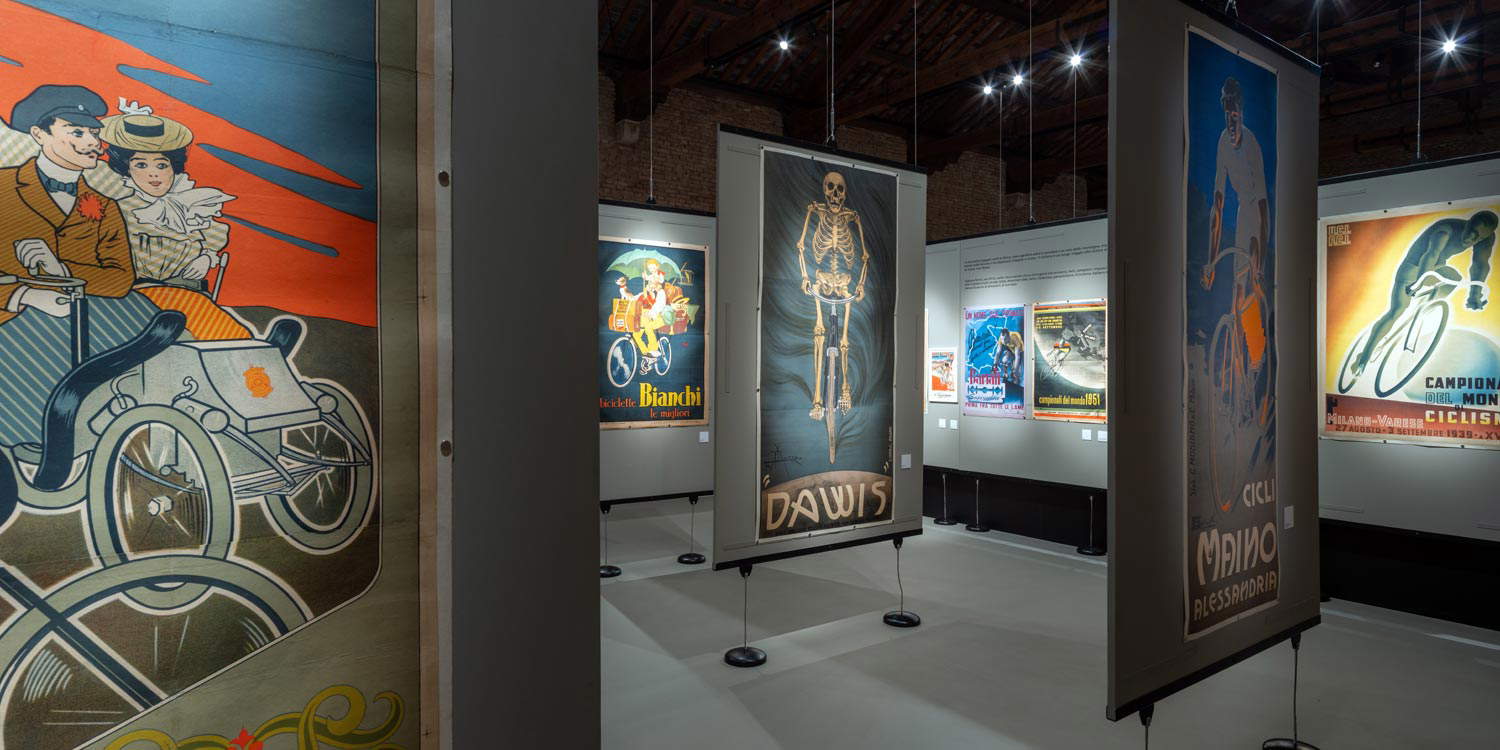
What elements and aspects did you want to focus on instead for the new Salce Collection Museum?
The first goal was to give a safe home to the 26,000 pieces of the Historical Collection and the same number that have come to the forming Museum in recent decades. A heritage that makes the Salce the most important Italian collection of affiches and one of the two most important in Europe. The precious legacy to the State of the accountant Salce for decades wandered between different locations and competencies. First and foremost, the new home had to be secure and easily manageable. Hence the creation, inside the former Church of Santa Margherita, restored for the occasion, of a technological facility where the posters, materials that are by their very nature fragile, could “rest” in a climate-controlled environment, in the dark, protected by metal structures connected to a control center that, if necessary, having identified the poster of interest, would go and take it from its container and deposit it on the arrival platform, available to the scholar. Anyone, of course authorized, can physically consult individual posters from the Salce holdings, posters that, virtually, are available to everyone, online. The Museum has as its heritage paper materials, made to live in the moment of posting and often printed on low-quality paper. Very fragile materials that need to be preserved. Hence the creation, above the large vault, of a restoration laboratory to monitor and intervene on the holdings. A third level is reserved for temporary exhibitions, to allow the public to admire that heritage. For the opening of the new Salce, we chose a large monographic exhibition reserved for Renato Casaro, a poster artist from Treviso. Casaro worked in the service of cinema, in Italy as well as in the United States, signing the poster for numerous masterpieces of the seventh art. An exhibition, produced with the City of Treviso, has been met with great interest, bringing many closer to the new museum.
The layouts of both museums give ample space to new technologies and multimedia and interactive tools. How important do you think it is to introduce these new tools for museums in step with the times? In your opinion does it attract a younger audience?
The example of the Salce is illuminating. Here, on the walls of the church, instead of frescoes and altars that have disappeared today, posters have been brought to life. Those of Renato Casaro, of course, but also some of the Salce. Not pure projections but a real continuous show, with areas of interactivity. I think this installation was among the attractive and successful elements of the Museum’s inaugural exhibition. It was not only the younger ones who were fascinated by it but also the adults who were fascinated, amazed and involved. For Verona I am reflecting on the metaverse, particularly for some “situations.” I think it would be of great impact to be able to intervene in the sacred ceremony of the Shaman or to live in a pile-dwelling village or to observe, as protagonists and not only as spectators, the changes of a territory. Just as I would like to explore, in appropriate “environments,” the formation and spread of aesthetic patterns from the Mediterranean to Ireland. I am thinking of our “lunulae,” which bear depictions of the firmament quite similar to those found in other parts of the continent, testifying to how already in the Bronze Age, interconnections were extensive, transferring goods but also ideas and culture.
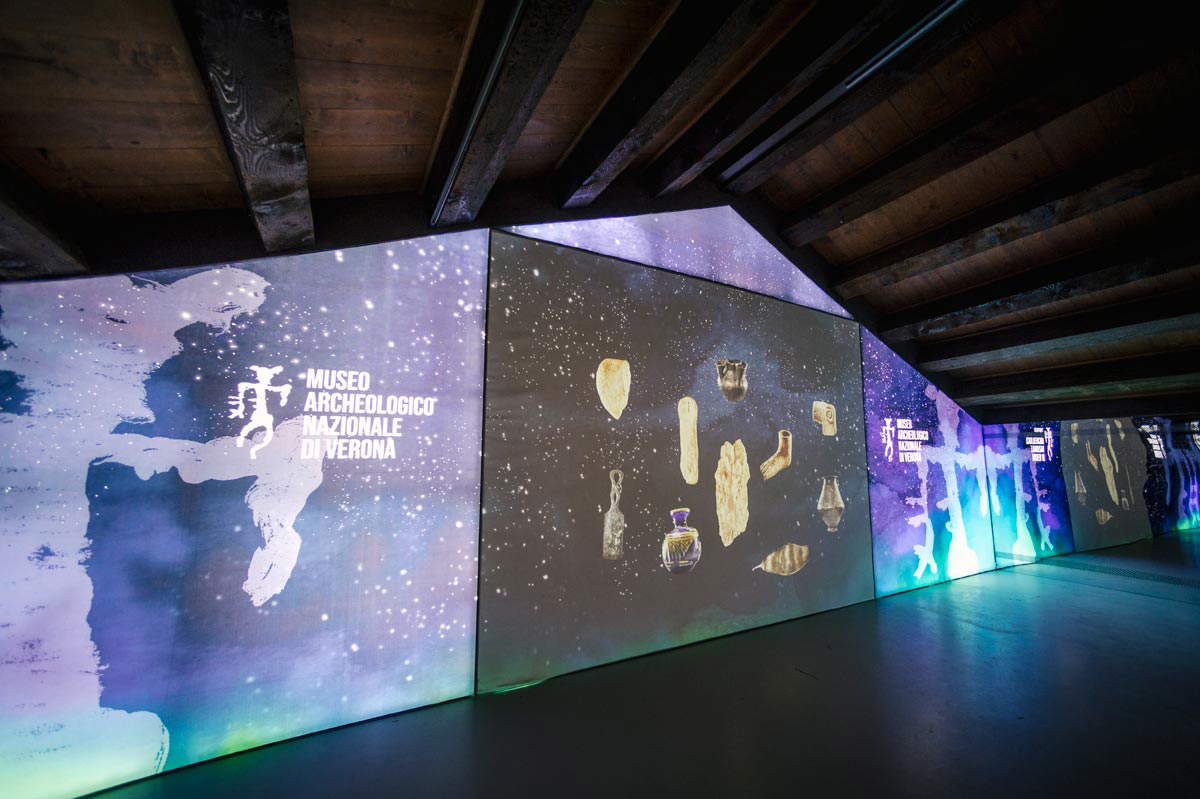
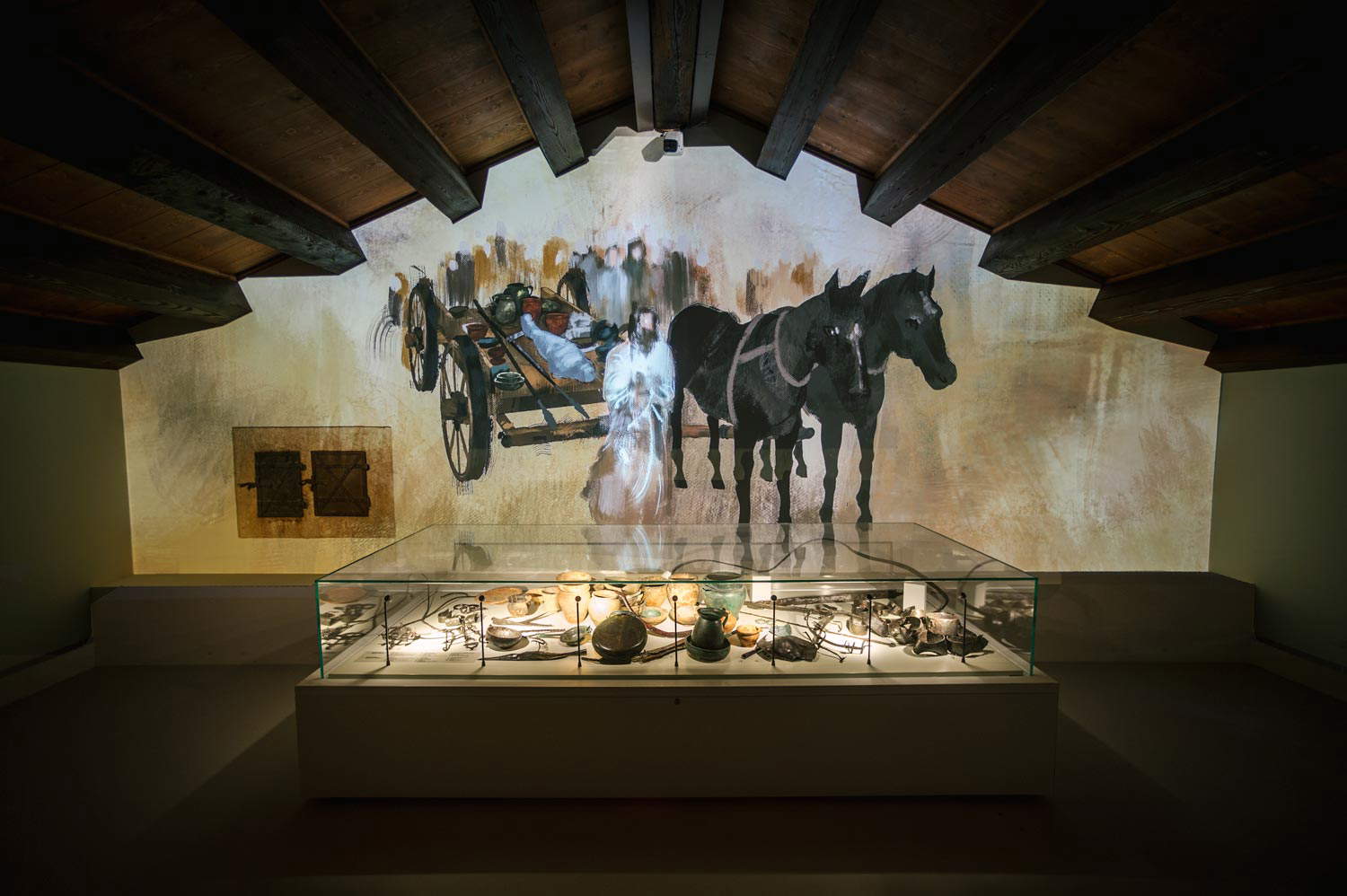
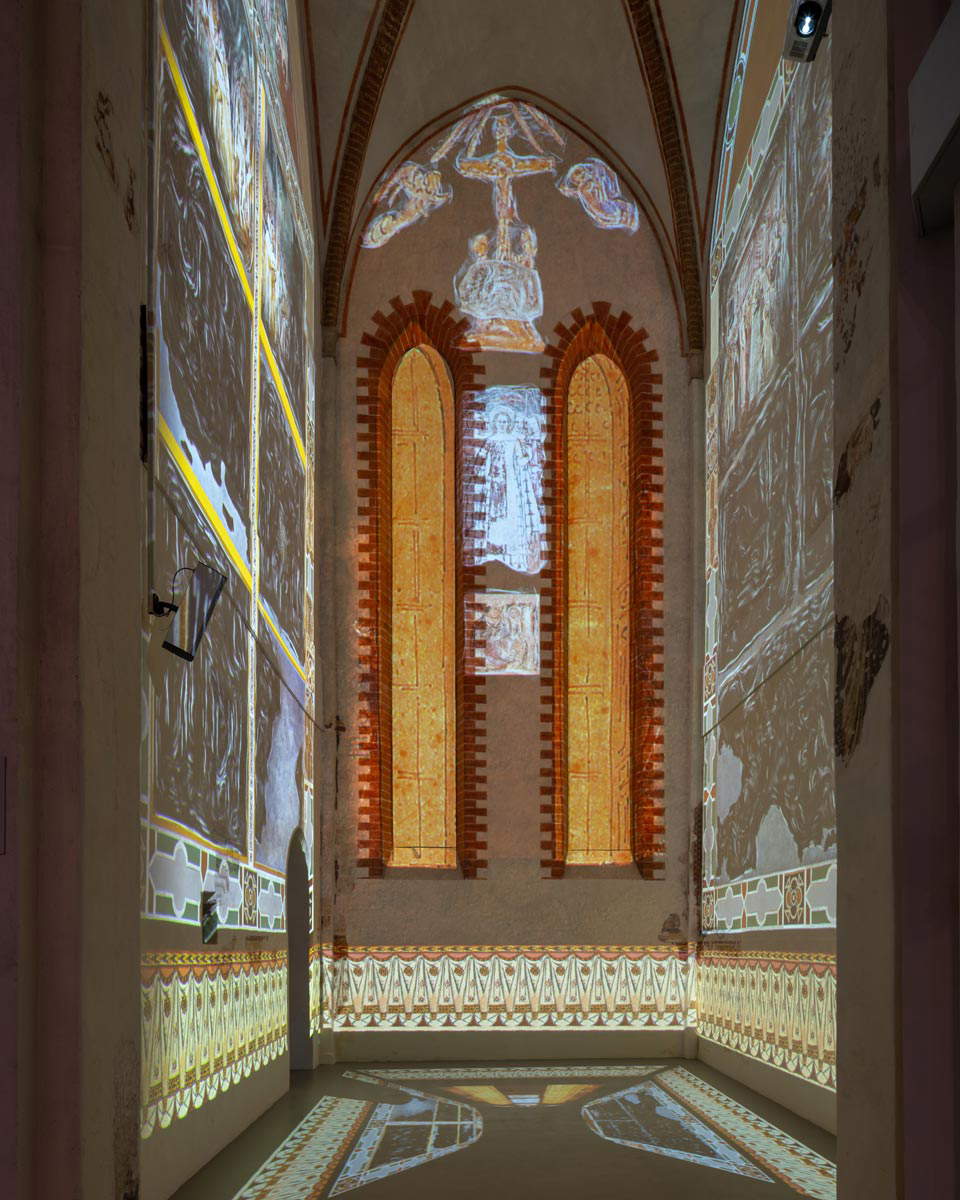
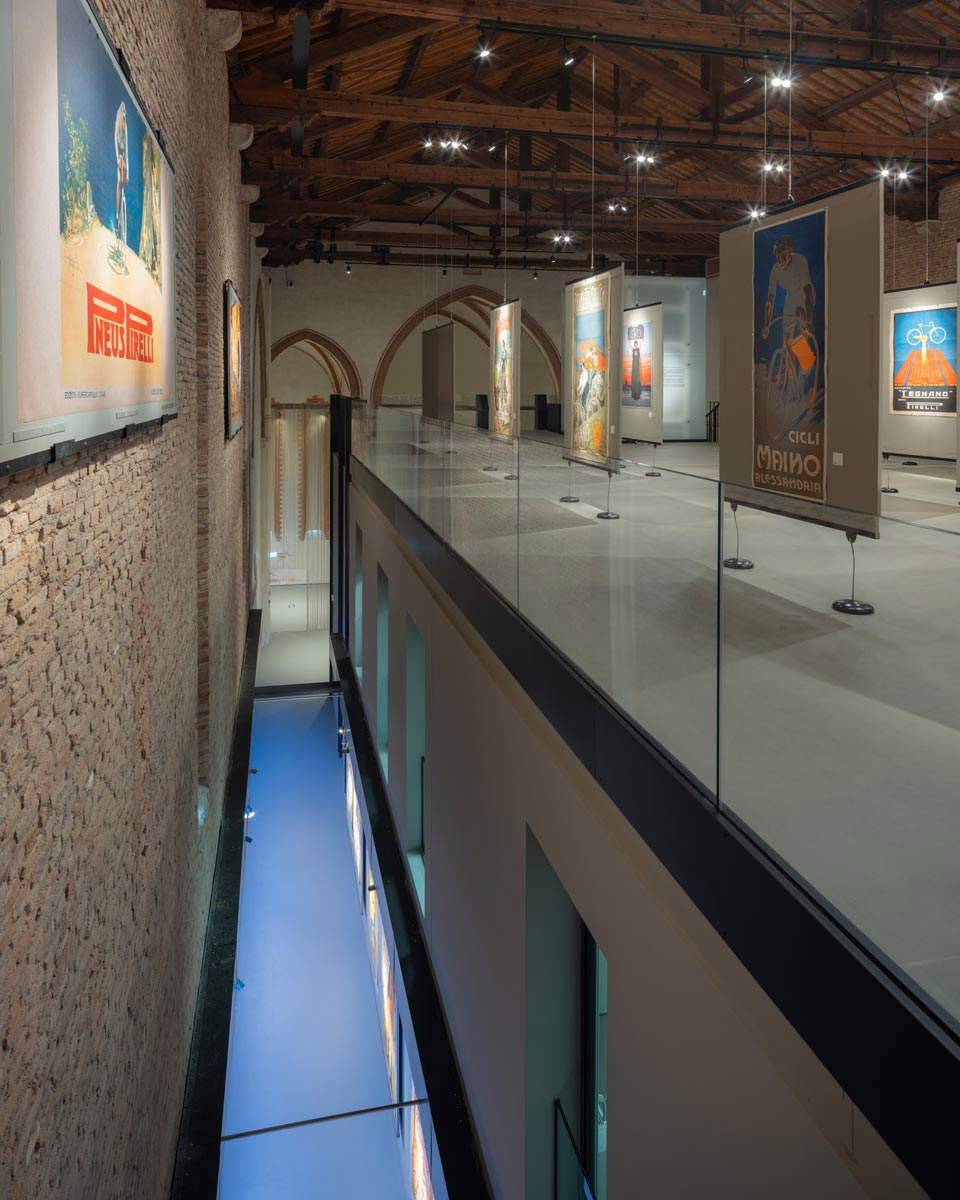
The National Archaeological Museum in Verona is scheduled for completion in 2025 with the opening of the Roman section. Can you give us a preview of how these new rooms will be designed?
The intervention we are carrying out in Verona to complete the museum will completely transform this place. Today the museum part only affects the attic but in anticipation it will also occupy part of the second floor and the entire second floor. In addition, in line with the trend dictated by the General Directorate of Museums, the intention is to make the storerooms usable as well, in order to return to the visitor the very large invisible heritage housed in them. The layout will go in continuity with the existing but will necessarily have to dialogue with the surroundings, with what is already happening in Verona. Starting with the Civic Museums and the great Veronese testimonies of Romanity, the Arena and the Scavi Scaligeri in primis.
To conclude, are there any other important interventions planned on the Museums of the Veneto?
Another important intervention concerns the Atestino National Archaeological Museum in Este (Pd) where the Renaissance origin of Palazzo Mocenigo becomes an opportunity to give life to an incubator of experiences: a sort of Renaissance workshop in a modern key, active and dynamic environments where it is possible to share ideas and objectives. The Museum is transformed from an exhibition space into a collective and educational space, a meeting place between the territory, history and art, a cultural hub where to promote forms of cooperation between different institutions, but also between creatives, artists and scholars to confront the prestigious collections present in the Museum, to dialogue on themes related to the relationship between man and the environment, to stimulate new approaches and food for thought. Here again, a fundamental role is also given to museum storage rooms conceived no longer as closed spaces, but rather as a space that performs a temporary exhibition function, as a restoration laboratory, which is also visible and can be visited by the public. Spaces for sociability can be imagined within the repository where people can enjoy a reading room or where they can carry out other museum-related activities. The project aims to enhance the territorial context, creating the necessary cross-references, both physical and virtual, between the museum and the archaeological sites, naturalistic and ethnographic museums in the Euganean Hills and between the cultural institutions and the surrounding landscape, also using major traditional and digital channels (podcasts, virtual reality, artificial intelligence, multichannel formats).
Warning: the translation into English of the original Italian article was created using automatic tools. We undertake to review all articles, but we do not guarantee the total absence of inaccuracies in the translation due to the program. You can find the original by clicking on the ITA button. If you find any mistake,please contact us.





























